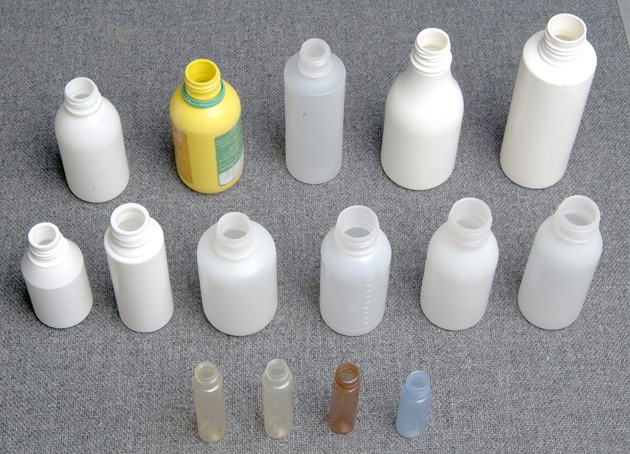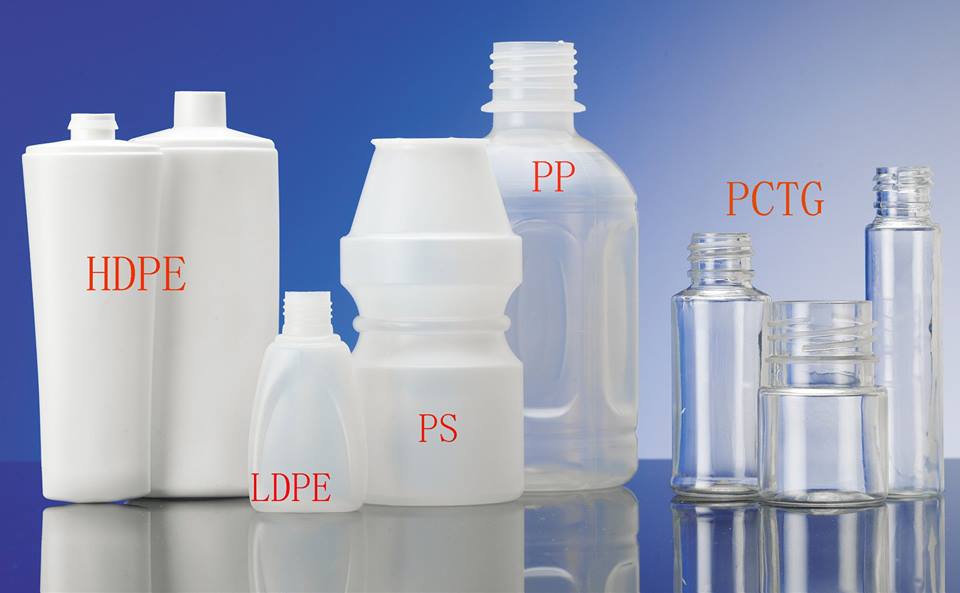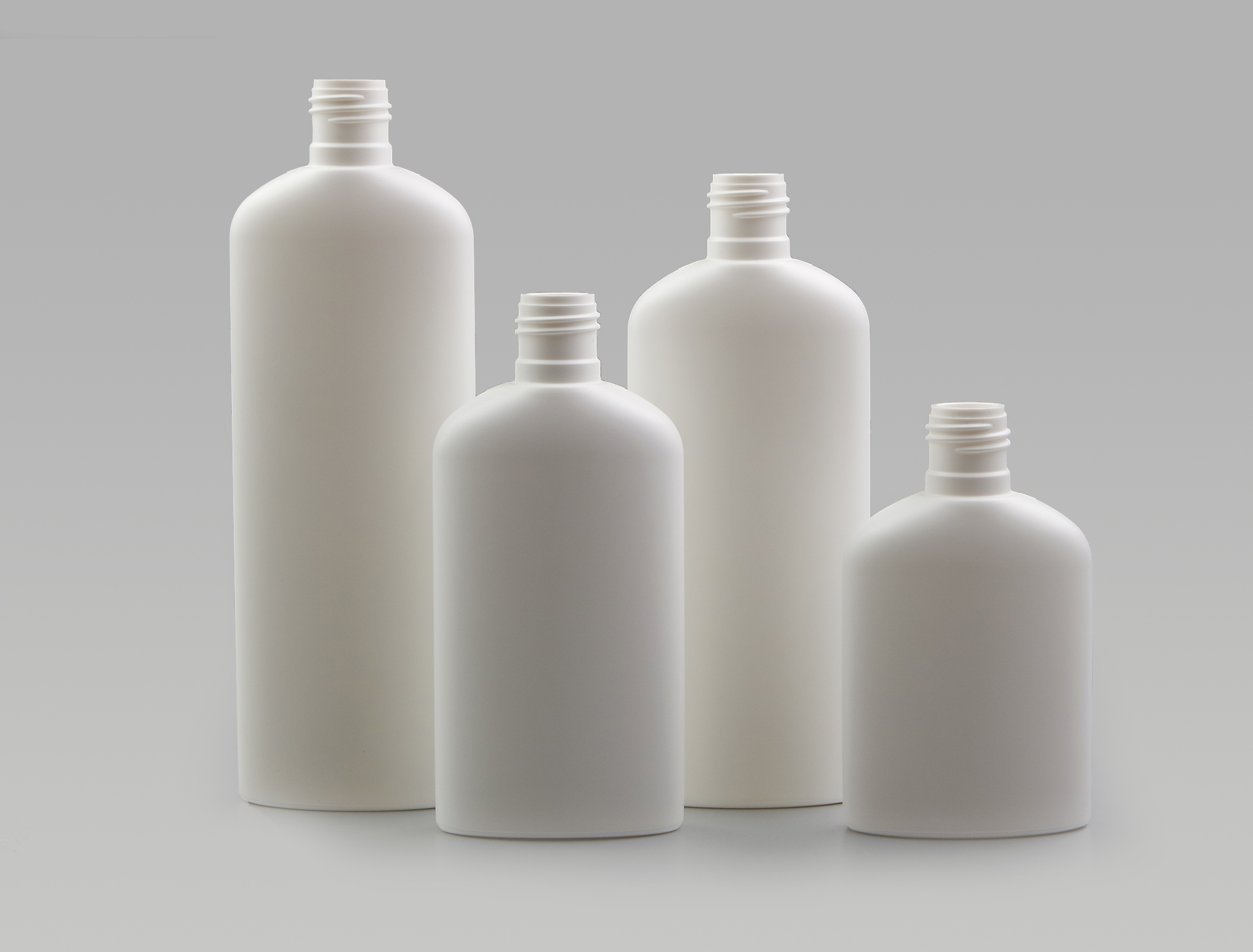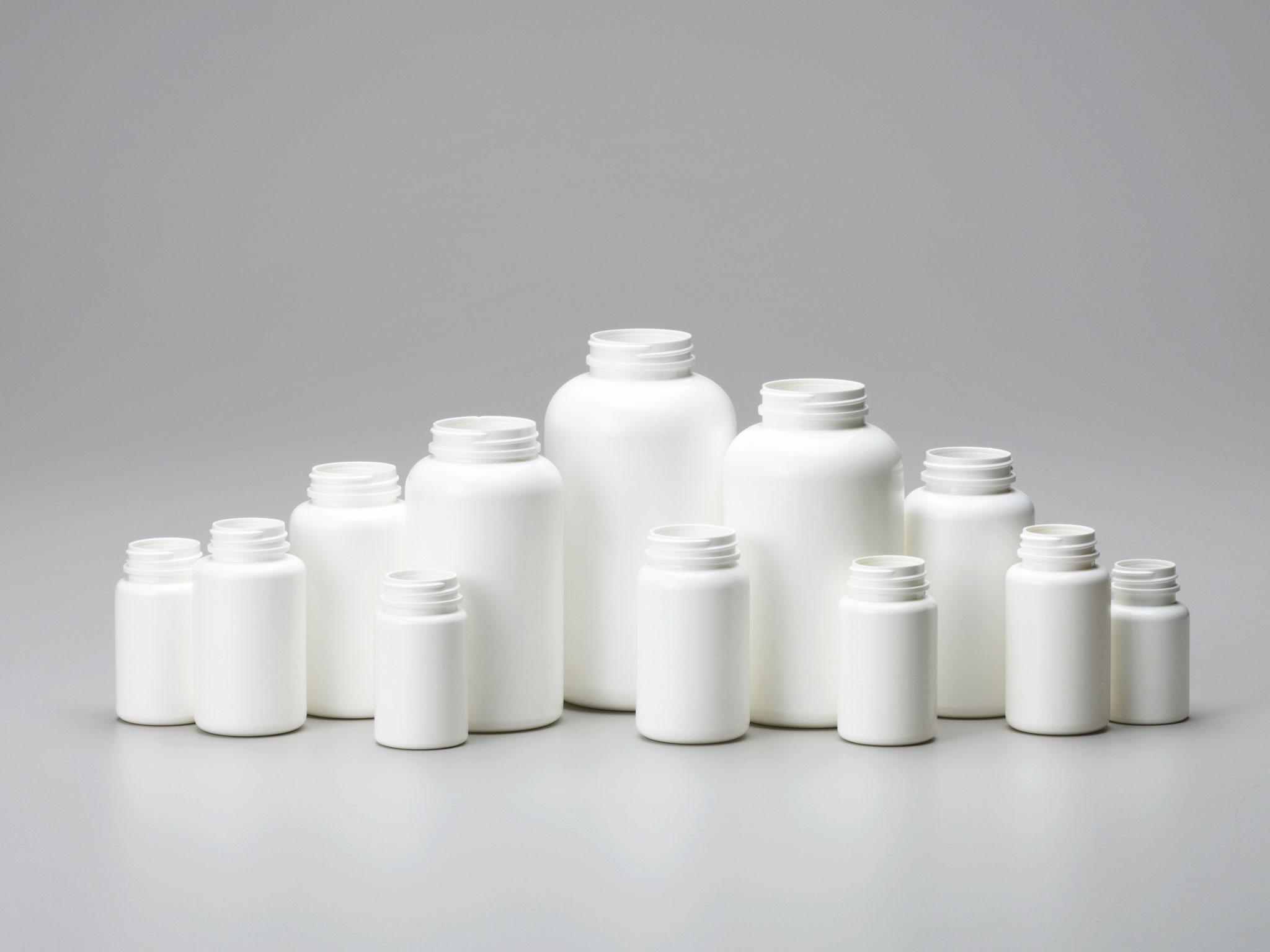Crafting Excellence: Injection Blow Molding Machines at Your Service
Excellent craftsmanship: Injection blow molding machines at your service
Discover Your Ideal Injection Blow Molding Machine
One-Step Injection Blow Molding Machine: Redefining Efficiency
Unlock the full potential of your production line with our One-Step Injection Blow Molding Machines, where innovation meets efficiency. Designed to streamline your manufacturing process, these machines are a game-changer in the industry.
High-Efficiency Production
Our one-step machines are engineered to maximize productivity by minimizing cycle times. With faster and more consistent production rates, you can achieve higher throughput without sacrificing quality. The integrated process reduces the need for multiple stages typically found in traditional blow molding, cutting down on handling time and significantly reducing the risk of defects.
Reduced Waste
Efficiency isn't just about speed; it's also about precision. Our advanced control systems ensure precise material distribution during each molding cycle, drastically reducing waste and scrap rates. This not only lowers material costs but also contributes to a more sustainable operation by minimizing excess plastic usage.
Simplified Operations
Versatile Applications
Whether you're producing containers for pharmaceuticals, cosmetics, or food and beverage products, our machines provide the flexibility to handle various materials and mold designs. This versatility ensures that you can adapt quickly to market changes and customer demands without additional equipment investments.
Reliability You Can Count On
Built with durability in mind, our machines withstand rigorous industrial environments while maintaining peak performance. Regular maintenance is simplified thanks to accessible components and diagnostic systems that help predict potential issues before they lead to downtime.
Environmental Impact and Recycling
High-Density Polyethylene (HDPE) is highly recycled and ideal for eco-friendly products due to its reusability. Low-Density Polyethylene (LDPE) is less recycled but still reprocessable, commonly used for thin plastic films. Polypropylene (PP) stands out for its recyclability and reduced environmental production impact.
Injection Blow Molding Solutions for Plastic Bottles
Optimized Solutions for Plastic Cap Production via Injection Blow Molding
Empowering Possibilities: Discover Injection Blow Molding Machine Applications

Chemical Industry
Our machines produce robust and durable containers ideal for chemicals, ensuring safety and compliance with industry standards. From industrial cleaners to agricultural chemicals, our packaging solutions offer superior resistance to harsh substances, preventing leaks and preserving the integrity of the contents.

Food & Beverage
In the food and beverage sector, hygiene and safety are paramount. Our injection blow molding machines manufacture containers that maintain the freshness and quality of food products. From juice bottles to condiment jars, our solutions ensure that taste and nutritional value are locked in, with packaging designed for consumer convenience and appeal.

Cosmetic Industry
The cosmetic industry demands packaging that is both functional and aesthetically pleasing. Our machines provide solutions that include sleek perfume bottles, durable makeup containers, and flexible tubes for creams and lotions. Each product is crafted to enhance brand identity while ensuring product stability and longevity.

Pharmaceuticals
For pharmaceutical applications, precision and reliability are crucial. Our machines produce containers that meet stringent regulatory requirements for health safety. From pill bottles to liquid medicine jars, our packaging ensures contamination-free storage with clear labeling capabilities.
What Makes Our Injection Blow Mlding Machine Your First Choice?
Discover the unparalleled advantages of our injection blow molding machines, designed to craft a wide array of plastic bottles that meet diverse industry needs. Here’s why our technology stands out as the premier choice for your manufacturing requirements.
Unveiling Answers: Injection Blow Molding Machines FAQ
What is Injection Blow Molding?
Injection Blow Molding (IBM) is a manufacturing process used for producing hollow plastic parts such as bottles and containers. It involves three main steps: injection, blowing, and ejection. Initially, the plastic is melted and injected into a mold to form a preform. The preform is then transferred to a blow mold where it is inflated into its final shape using compressed air. Finally, the product is ejected from the mold.
What materials are commonly used in Injection Blow Molding?
What are the advantages of Injection Blow Molding?
What types of products can be made with Injection Blow Molding?
How does Injection Blow Molding differ from Extrusion Blow Molding?







